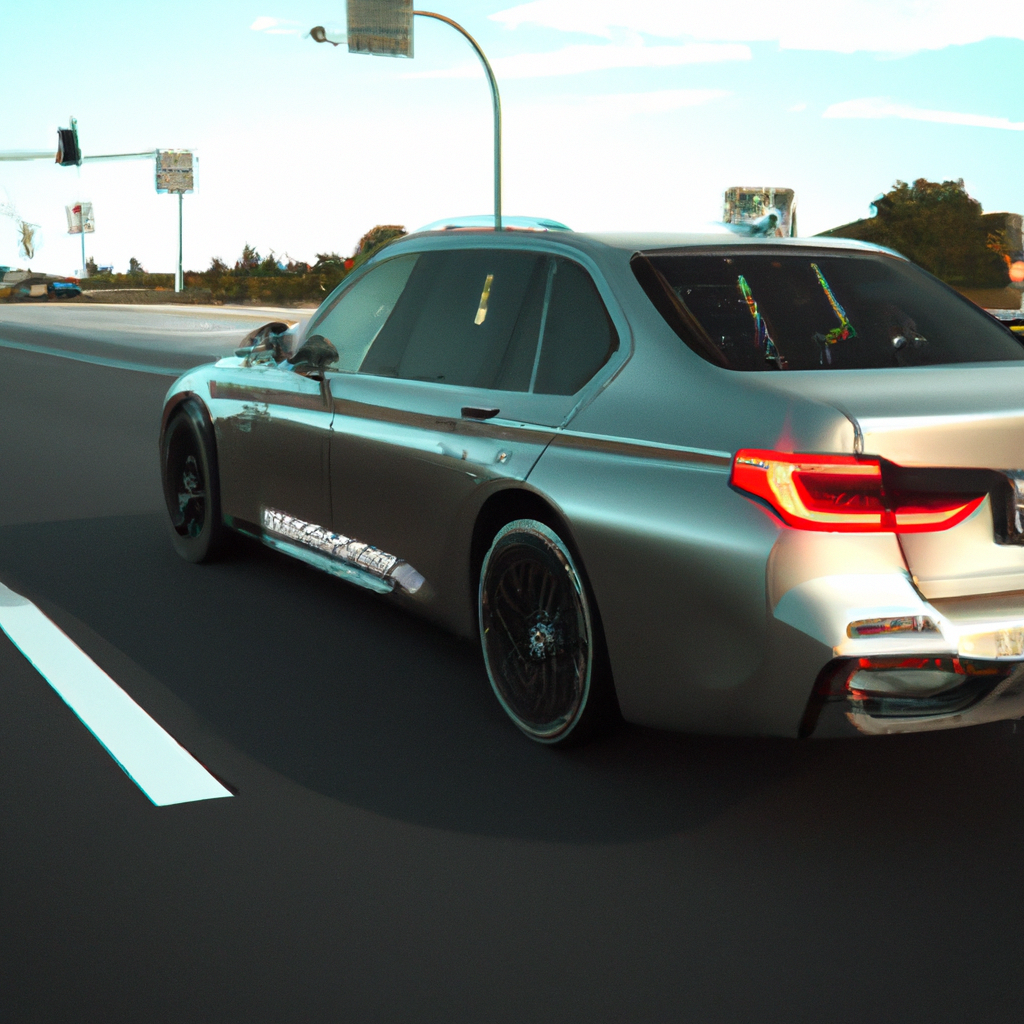Self-driving cars, also known as autonomous vehicles, are an exciting development in automotive technology. They utilize machine learning, artificial intelligence, robotics, and computer vision to navigate the roads without human intervention. In this article, we will explore how a self-driving car works, from its sensors to its GPS navigation system.
Sensors and Sensor Fusion
Self-driving cars rely on a variety of sensors to gather information about their surroundings. These sensors include cameras, LIDAR (light detection and ranging), radar, and ultrasonic sensors. The cameras provide visual information, while LIDAR uses lasers to create a 3D map of the car’s environment. Radar detects objects and measures their speed and distance, and ultrasonic sensors detect nearby objects.
Sensor fusion is the process of combining data from different sensors to create a more accurate picture of the car’s surroundings. For example, if a camera detects a pedestrian crossing the road, the LIDAR and radar sensors can confirm the pedestrian’s distance and speed. This information is then used to make decisions about the car’s speed and direction.
Artificial Intelligence and Machine Learning
Self-driving cars use artificial intelligence and machine learning to make decisions based on the information gathered by their sensors. The AI system is trained on vast amounts of data, including images, videos, and sensor data. This data is used to create algorithms that can recognize patterns and make predictions about what will happen next.
For example, if a self-driving car approaches a roundabout, the AI system can use its training data to predict the behavior of other vehicles and pedestrians. It can then make decisions about when to enter the roundabout and at what speed.
Computer Vision
Computer vision is a crucial component of self-driving cars. It allows the car to recognize and interpret visual information from its surroundings. Computer vision algorithms can detect objects, read road signs, and recognize traffic lights.
For example, if a self-driving car approaches a red traffic light, its computer vision system can detect the red light and signal the car to stop. Similarly, if a pedestrian steps out into the road, the computer vision system can detect the pedestrian and signal the car to slow down or stop.
GPS Navigation
GPS navigation is another essential component of self-driving cars. It allows the car to determine its location and plan its route. The car’s GPS system can also communicate with other vehicles and infrastructure, such as traffic lights and road signs.
For example, if a self-driving car approaches a road closure, its GPS system can reroute the car to avoid the closure. Similarly, if a self-driving car approaches a congested area, its GPS system can suggest an alternative route to avoid the traffic.
Conclusion
Self-driving cars use a combination of sensors, artificial intelligence, machine learning, computer vision, and GPS navigation to navigate the roads. Sensors gather information about the car’s surroundings, while AI and machine learning make decisions based on that information. Computer vision allows the car to recognize and interpret visual information, and GPS navigation helps the car determine its location and plan its route. As this technology continues to evolve, self-driving cars have the potential to revolutionize the way we travel and improve road safety.







